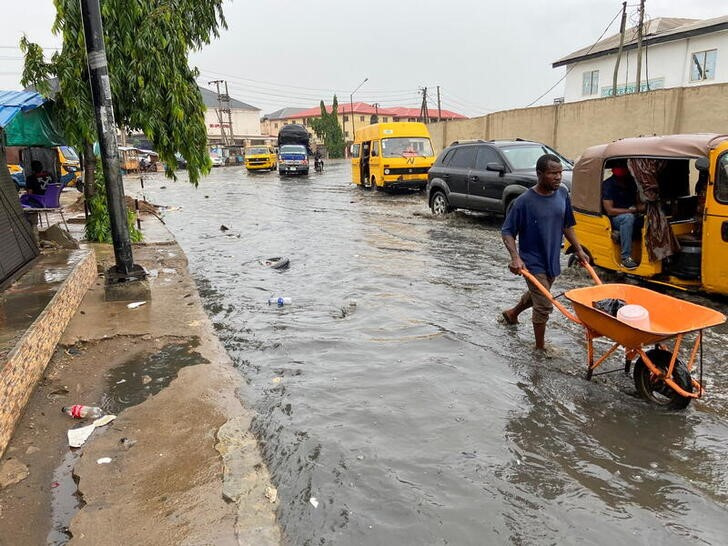A new study has highlighted the “sponginess” or the inherent capacity to absorb significant amounts of rainfall in five major cities across Africa.
According to the study, Kigali (Rwanda) is 43% spongy, while Durban (South Africa) is 40% spongy, with Lagos – Nigeria (39%), Nairobi – Kenya (34%), and Cairo (Egypt) at 20% bringing up the rear.
According to the study’s authors, green and blue infrastructure, such as gardens, parks, ponds, rivers, and lakes, offers the potential to manage climate-related high rains and avert flooding.
Read Also: Commonwealth Secretary-General calls for collaborative action on climate change
According to the study, which was completed by Arup, green and blue infrastructure is not only significantly more cost-efficient than engineered alternatives while also adding 28% more value than engineered alternatives, but it is also very good at preventing floods.
Arup used machine learning and artificial intelligence to accurately measure green, blue, and grey (concrete) infrastructure, and consequently calculate how much rainwater these cities can absorb during heavy rainfall.
The term “Sponge City” was first used in 2013 by Professor Kongjian Yu, a fervent proponent of ecological urbanism and the founder of Peking University, to describe cities that work in harmony with nature to absorb rainwater rather than relying on grey infrastructure like concrete, pipes, and pumps to redirect it.
Stoy was adapted from Enviro News
